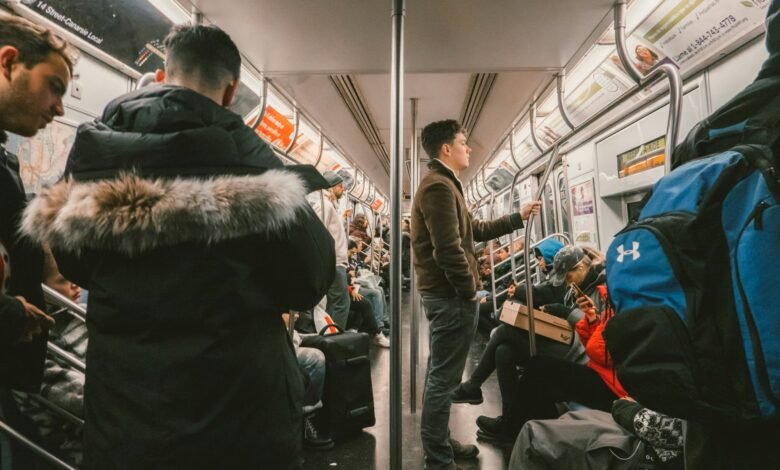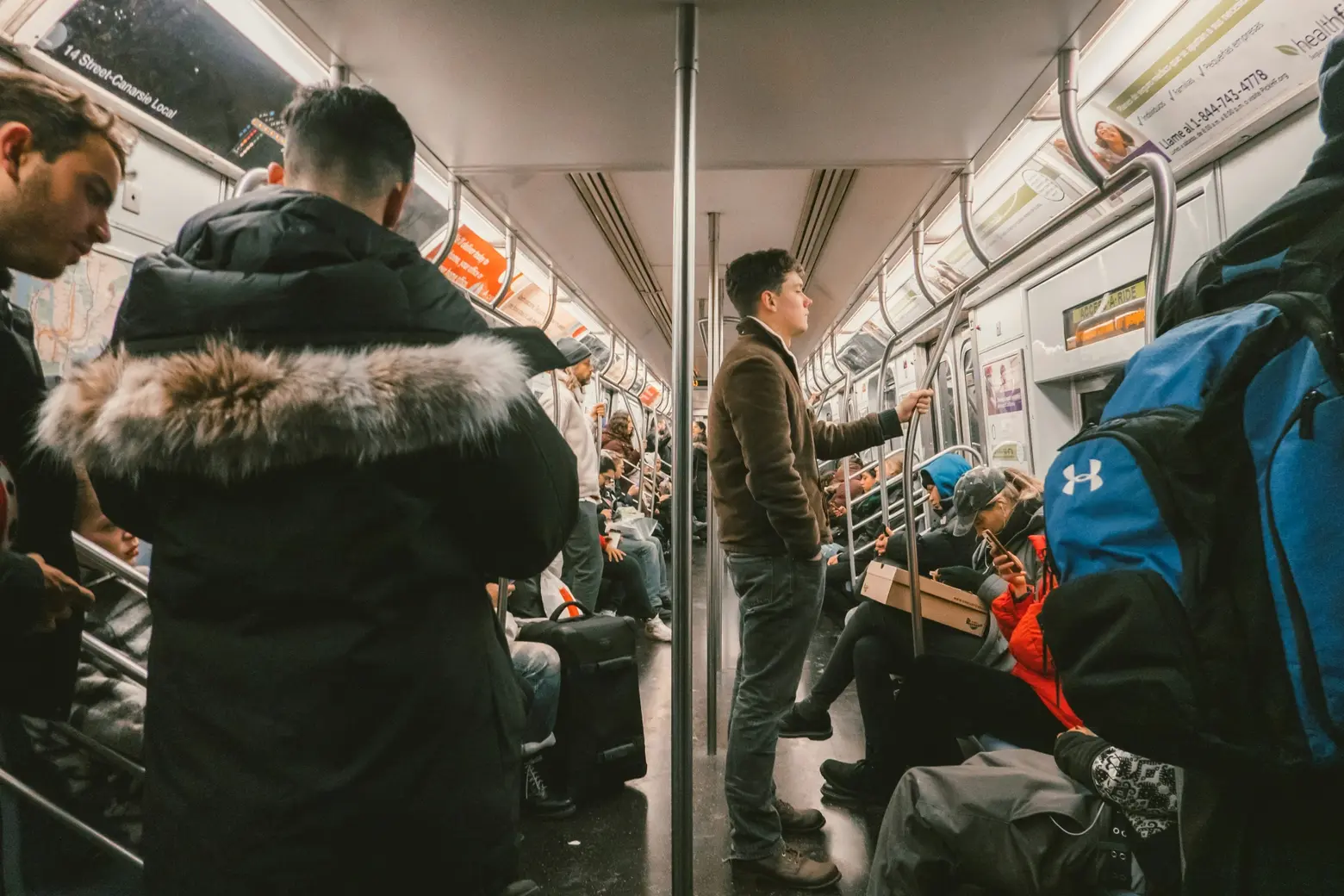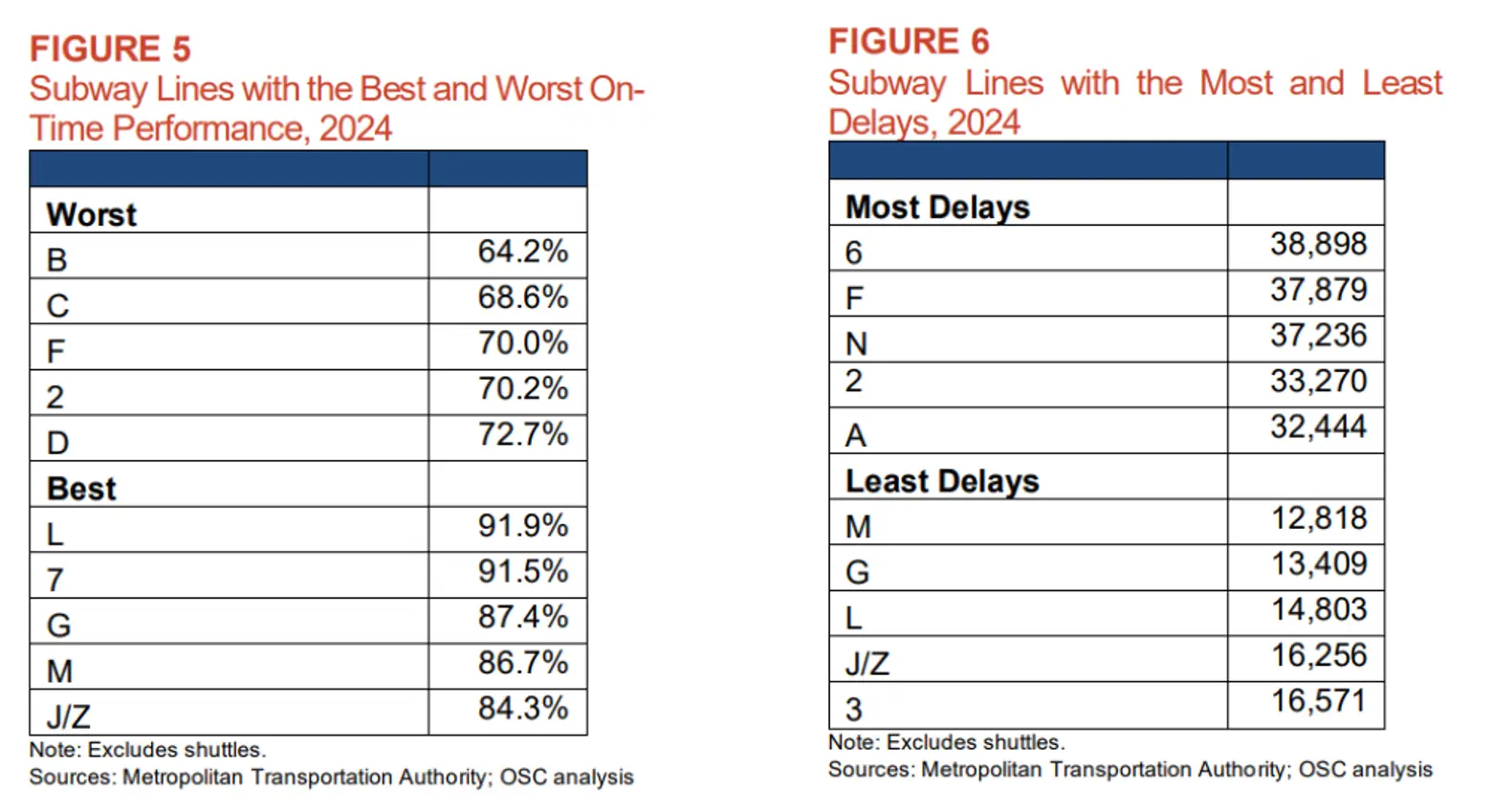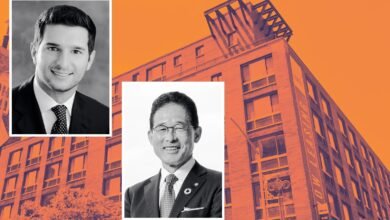NYC subway delays fueled by aging cars and equipment, report says


Aging subway cars and equipment are causing increasing delays for New York City commuters, according to a report released Wednesday by State Comptroller Thomas DiNapoli. Of the 2.7 million scheduled subway trips in 2024, 486,614 arrived late, with infrastructure and equipment failures responsible for 31 percent of those delays—up from 24 percent in 2023. The report also found that over a quarter of subway cars are past their 40-year lifespan, and major service disruptions linked to car issues nearly tripled, from 27 to 77 in the first six months of 2025.

“As the MTA prioritizes work in its capital program and brings back riders, it’s important to understand where and how subway service is being disrupted and delayed,” DiNapoli said in a statement.
“Targeting problem areas like signals and issues with subway cars that add to delays can improve straphangers experience and boost ridership. Working with the Police Department, Fire Department, and Homeless Services can also help reduce incidents that cause delays. Above all, the MTA should be clear and open about the work it is prioritizing to reduce delays and how those actions will benefit the public.”
On-time performance (OTP), a key measure of transit reliability, tracks whether trains arrive as scheduled and helps identify year-to-year service changes. Work done by the MTA led the agency to achieve an OTP level of 81.1 percent in 2019, the highest in six years.
During the pandemic, OTP peaked at 85 percent in 2021, reflecting a drastic reduction in ridership and overnight service. As riders have returned, performance has remained above 2019 levels, reaching 82.2 percent in 2024.
Trains are considered on time if they arrive within five minutes of their scheduled time and make all scheduled stops. A train is considered late or delayed if it arrives more than five minutes late, skips stops, or is canceled.
While some delays are inevitable in a system that runs 24 hours a day in a city of 8.4 million people, the report found that certain causes occur more frequently than others.
Of the 31 percent of delays caused by infrastructure and equipment issues, about one-third were attributed to signal problems and 14 percent to rail and roadbed issues. Another 25 percent stemmed from planned maintenance work along the subway’s right-of-way.
Police interventions and medical responses accounted for 23 percent of all delays in 2024, which included unauthorized people on the tracks, criminal activity, and sick passengers.
Overcrowding accounted for 12 percent of delays in 2024, while crew shortages made up 7 percent—a substantial improvement from 2021, when worker unavailability caused 26 percent of delays. Weather-related issues were responsible for 2 percent of delays.
From January to June 2025, the subway recorded 214,714 delays, 13 percent fewer than during the same period in 2024. Crew shortages fell 48 percent to 10,329, while delays linked to infrastructure and equipment rose 11 percent to 76,760. Police and medical response delays declined by 7 percent.
Although overall delays are down, major incidents, those that disrupt service for 50 or more trains, have risen sharply due to subway car problems. Such incidents nearly tripled in the first six months of 2025, climbing from 27 to 77. The issues largely affected the E, F, and R lines, which the MTA attributed to wheel wear that forced cars out of service for repair.
Despite an overall OTP of 82.2 percent in 2024, performance across the subway’s 21 lines varied widely. The L, 7, G, and M trains were on time more than 87 percent of the time, with the L leading at 91.9 percent. These lines run cars less than 20 years old, and both the L and 7 operate with modern CBTC signal technology that helps reduce delays.
Ten lines averaged on-time performance between 77 and 87 percent, while seven lines fell below 77 percent. The B train had the worst OTP at 64.2 percent, followed by the C train at 68.6 percent.
These findings highlight the need for new train cars and infrastructure upgrades, DiNapoli wrote. While on-time performance has been maintained as riders return to the system post-pandemic, the report said the MTA could reduce the problems that “plague the system” and improve reliability by prioritizing maintenance and capital investment.
The MTA’s five-year capital budget includes $10.9 billion for 2,000 new railcars over the next five years, including 1,500 new subway cars to replace the R62 and R68, and 500 new railroad cars to replace the M3, as 6sqft previously reported.
Signal modernization on the G line has been underway, but slowed by delays. Riders endured a six-week shutdown last summer and additional weekend and weeknight outages through August 18 this year. The upgrades won’t likely be activated until 2029. The line also began receiving new R211 trains in March.
RELATED:
Source link




